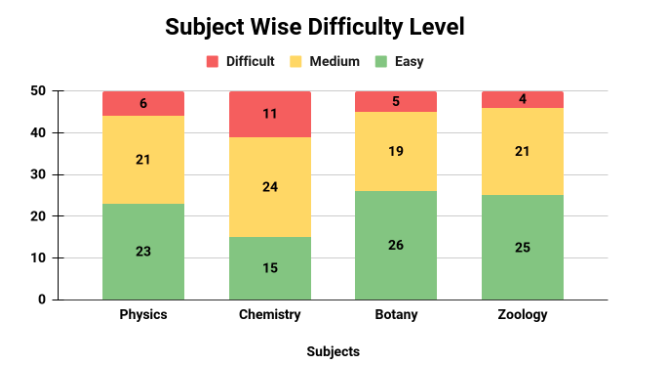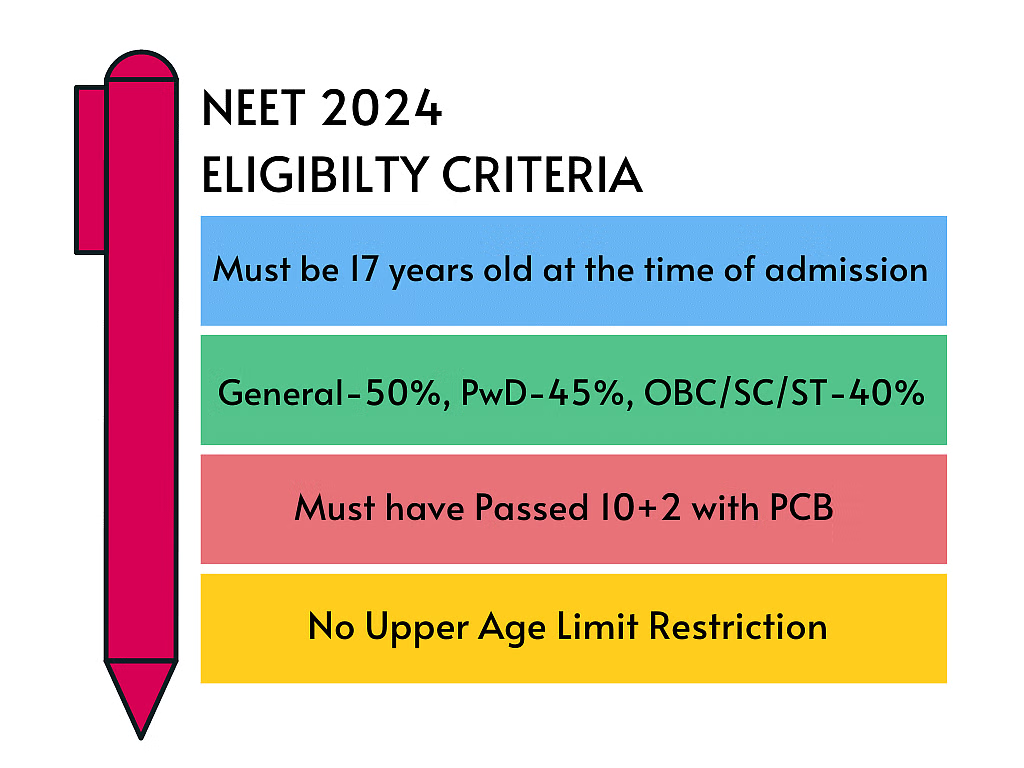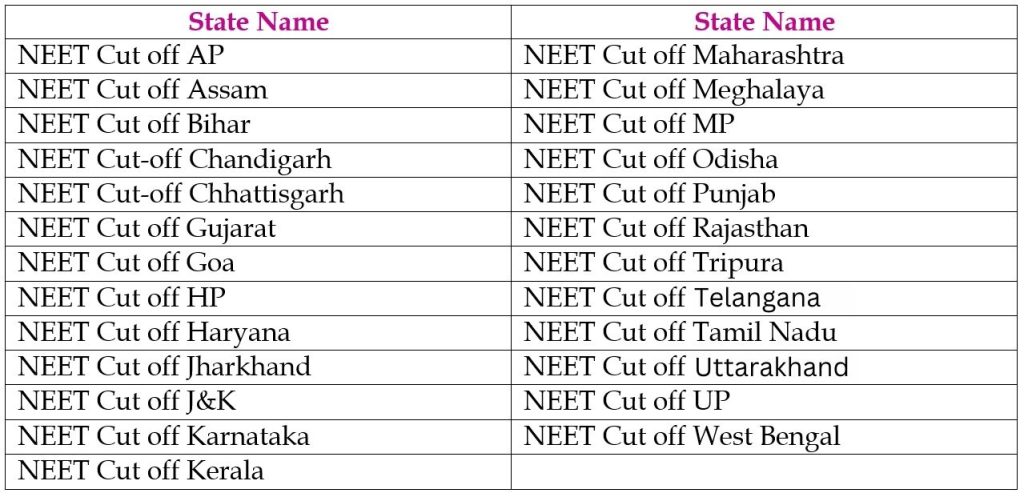

Are you gearing up for the 2024 NEET exam? grasping the significance of cut-off marks is pivotal for your triumph. However, interpreting them can seem as daunting as solving a puzzle. Fret not, we’re here to provide clarity.
The determination of cut-off marks depends on various factors such as the number of candidates appearing for the NEET exam, the difficulty level of the NEET exam Paper, the availability of total NEET Seats and additional factors. Cut-off scores are subject to change each year, emphasizing the necessity of staying informed with the most recent updates.

The NEET cut-off marks are a tapestry woven from myriad factors, transforming yearly, and painting a dynamic canvas of admissions possibilities. Unlocking the intricacies of these factors can empower you with invaluable foresight, guiding your preparation strategy for optimal results.

The difficulty level of the NEET exam is a pivotal factor in setting the cut-off marks. When the exam is perceived as easier, the cut-off marks tend to rise, and conversely, when it’s more challenging, the cut-off marks may decrease.

The number of applicants for the NEET exam directly affects cut-off marks, A larger applicant pool intensifies competition, potentially resulting in higher cut-off scores.

The seat availability in medical colleges impacts cut-off marks. When seats are limited, competition intensifies, potentially leading to higher cut-off scores.

Cut-off marks differ across various candidate categories, including General, OBC, SC, ST, and PH. Based on Central and state-wide reservation policies, candidates from reserved categories are allocated a specific percentage of reserved seats.
Examining historical cut-off trends offers valuable insights into expected cut-off marks for the current year, aiding aspirants in grasping competitive dynamics and establishment of achievable objectives.
“By factoring in these elements and staying abreast of the latest advancements, you can enhance your preparation approach and boost your prospects of attaining the targeted cut-off scores.”
NTA has defined that, “A percentile rank is the percentage of score that falls below a given score in a group.” NTA will apply the below-mentioned formula to calculate NEET cut-off percentile scores.
Let’s break this down.
Number of Candidates Who Scored Below You: This is the count of candidates who have scored less than you in the NEET exam.
Total Number of Candidates Who Appeared: This is the total number of candidates who actually appeared in the examination.
The product is multiplied by 100 to get the percentile score.
Among NEET candidates, a common inquiry revolves around the requisite marks for clearing the NEET exam for MBBS. Each year, the response to this inquiry fluctuates due to several factors influencing NEET cut-off marks, including the exam’s difficulty level, candidate numbers, and seat availability across medical colleges.
In order to pass the NEET exam, candidates must achieve a minimum NEET qualifying score. In the previous year (2023), the NEET qualifying score was 137 out of 720 for candidates in the unreserved category and 107 for those in the reserved category. This indicates that unreserved category candidates needed to achieve a minimum of 137 marks for admission into medical colleges, while reserved category candidates required at least 107 marks.
It’s important for candidates to understand that meeting the minimum qualifying score in NEET doesn’t automatically ensure admission into medical colleges. The process for medical admission through NEET considers factors such as the candidate’s NEET score, their rank in the exam, and their eligibility for admission based on criteria established by admission authorities.
Using a NEET rank predictor to calculate marks is a simple procedure, but it’s crucial to grasp the formula for precise results. Below, you’ll find a detailed, step-by-step guide to determining the cut-off marks.
For example, if a candidate answers 165 questions correctly out of 180 and has 15 incorrect answers, the calculation would be as follows:
Number of correct answers:165
Marks per correct answer: 4
Total marks for correct answers: (165 X 4) = 660
Number of incorrect answers: 15
Negative marks per incorrect answer: 1
Total negative marks: 15
NEET score: 660 – 15 = 645
By following this formula, you can calculate your NEET score accurately and have a clear understanding of your performance.
The NEET cut-off determines admission to the following undergraduate medical seats:

After the allocation of 15% All India Quota (AIQ) seats, the remaining 85% state quota seats are assigned by individual state counselling committees, relying on NEET state-wise cutoff scores. Review the NEET 2023 state-wise cutoffs for state quota seats in the table provided below

